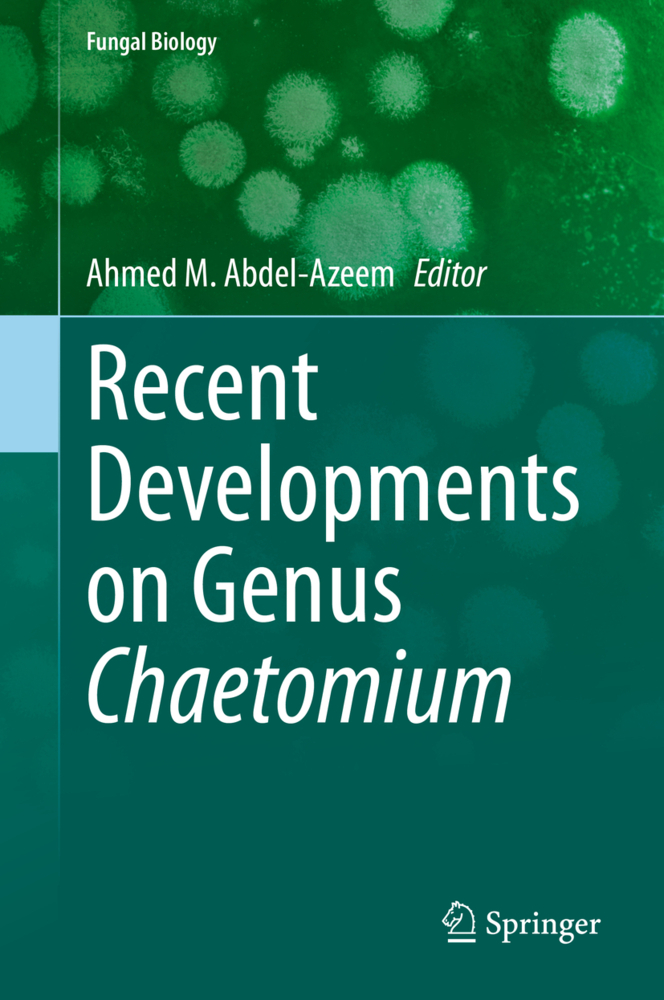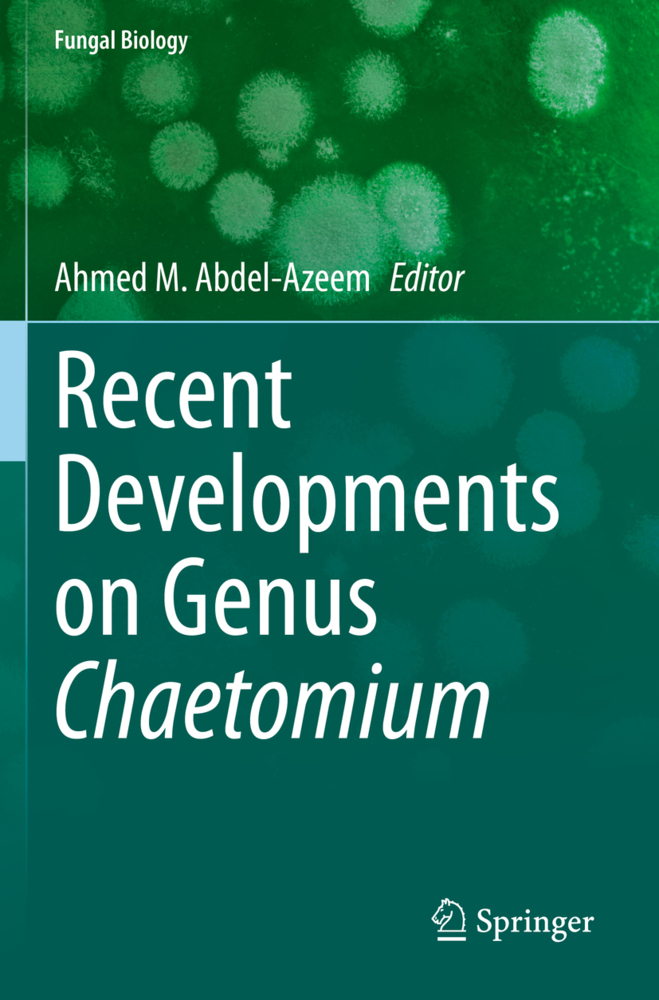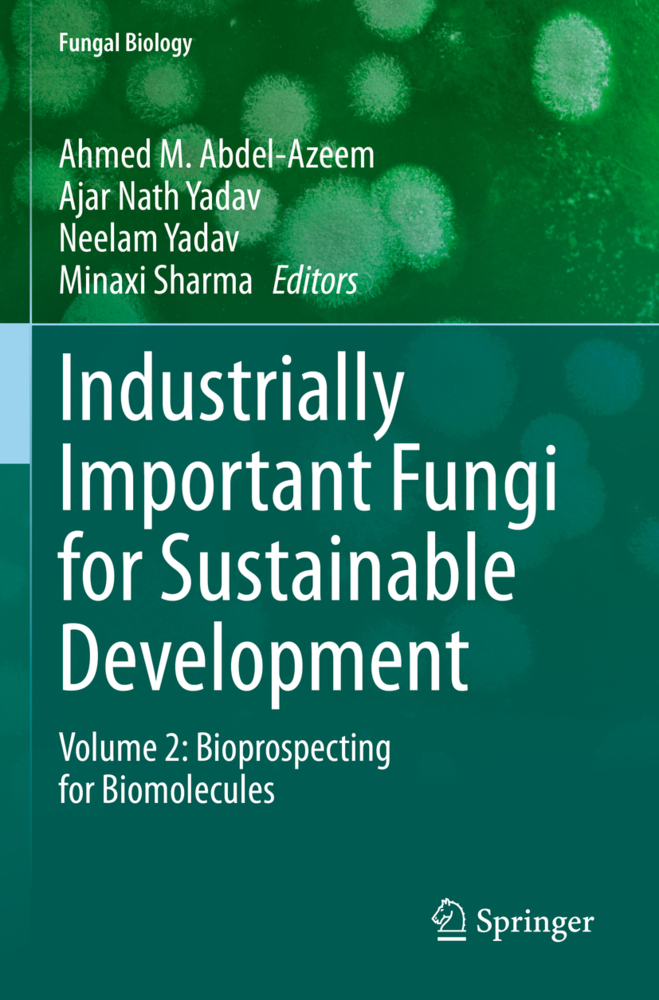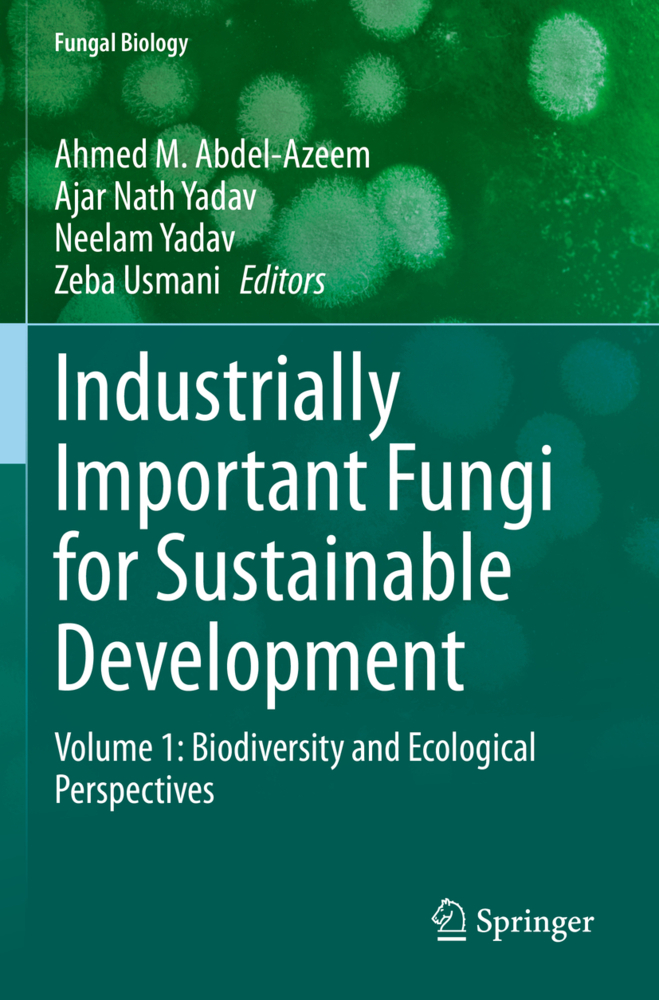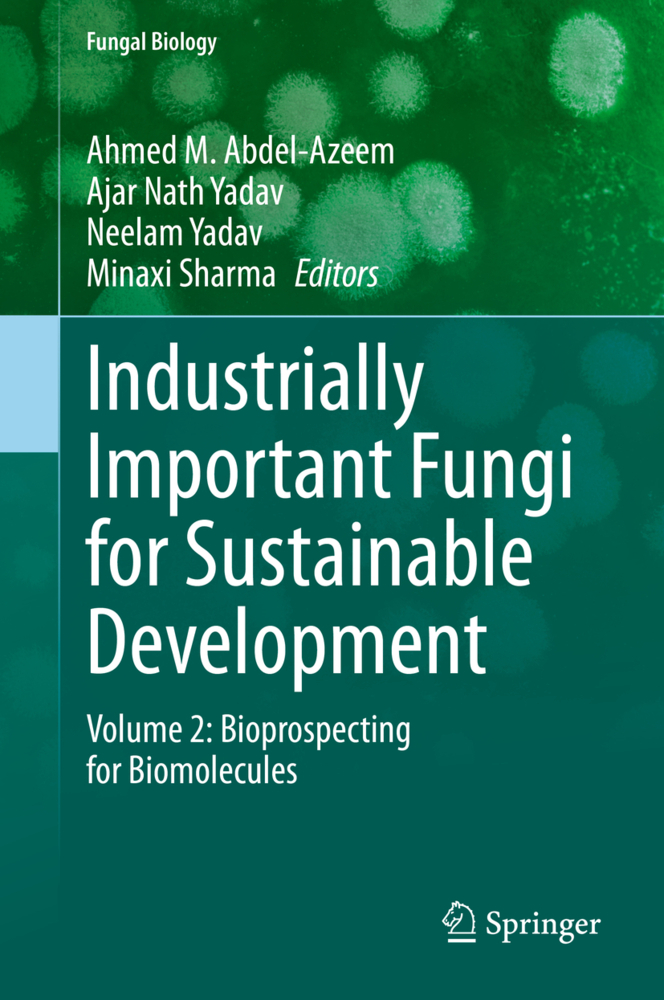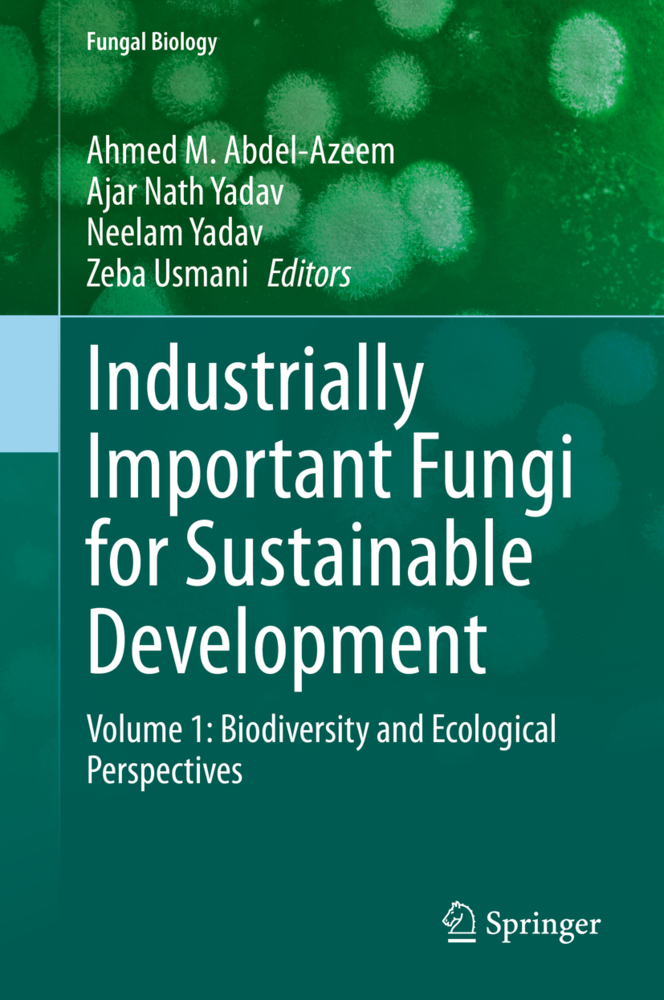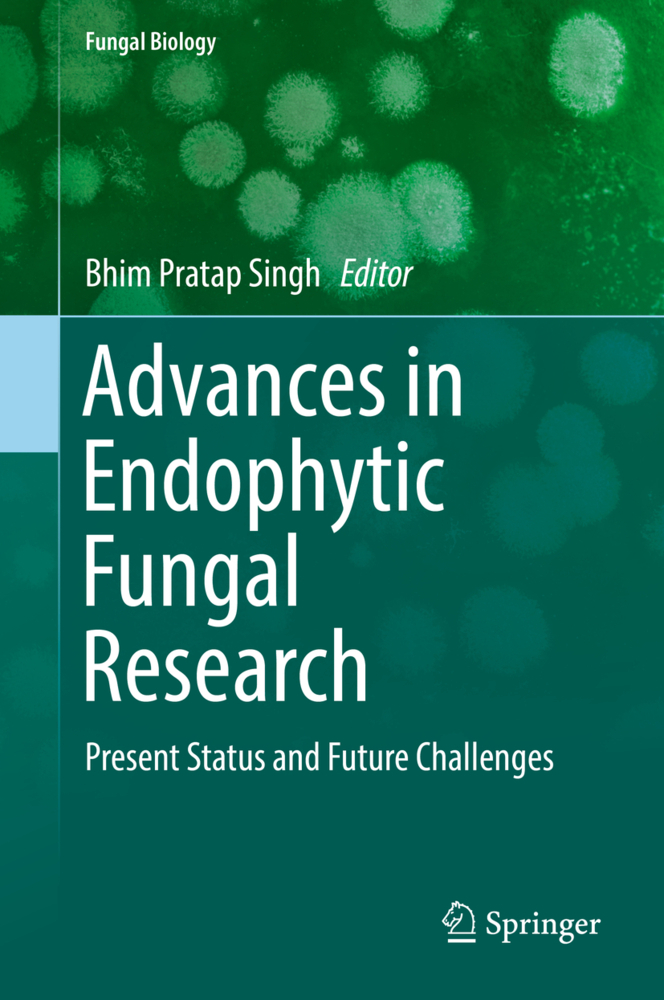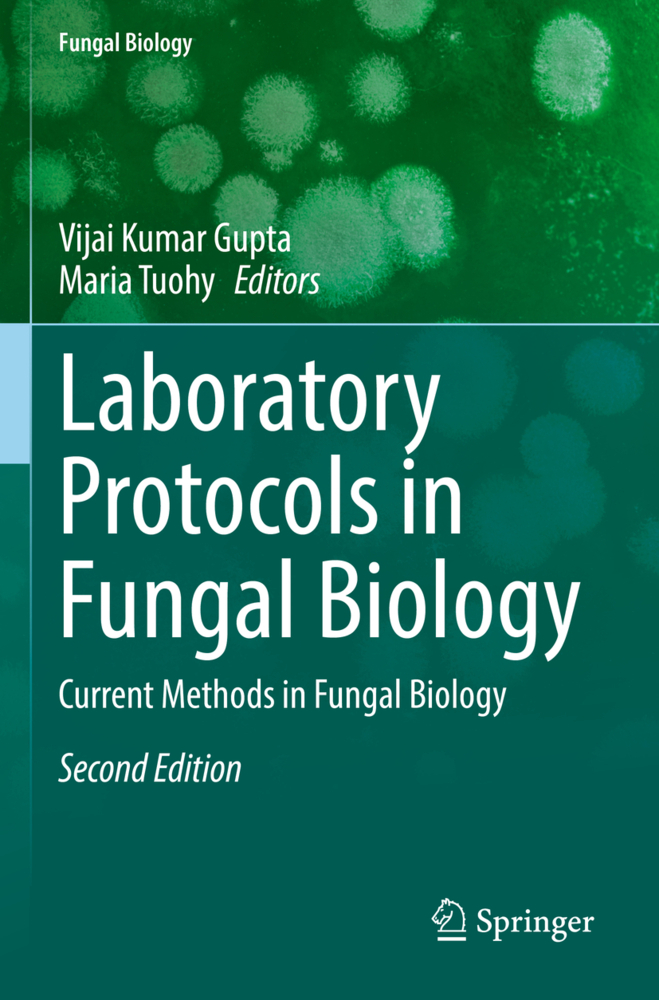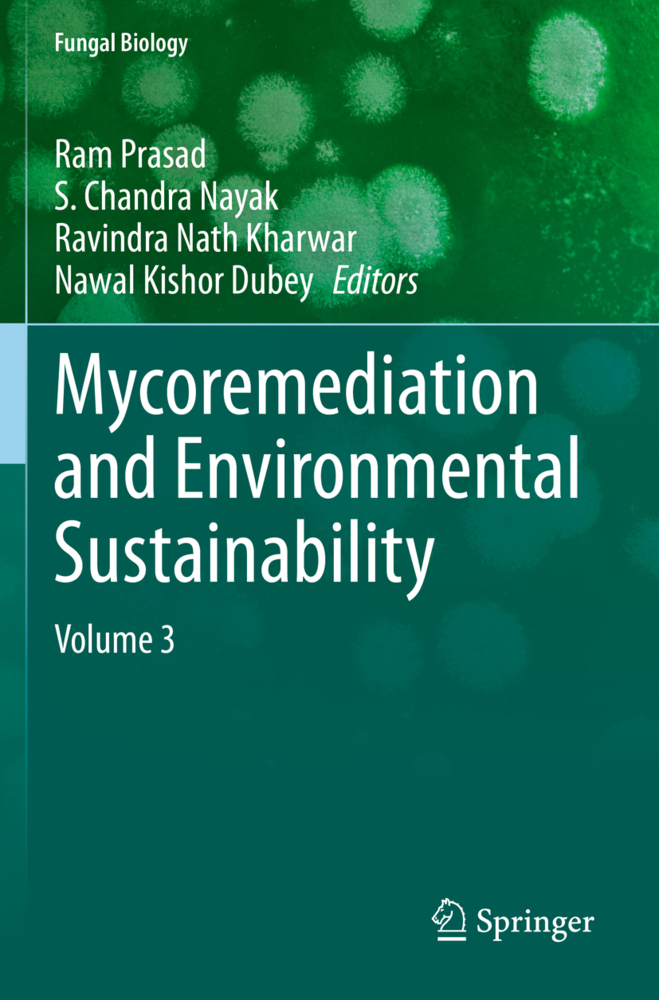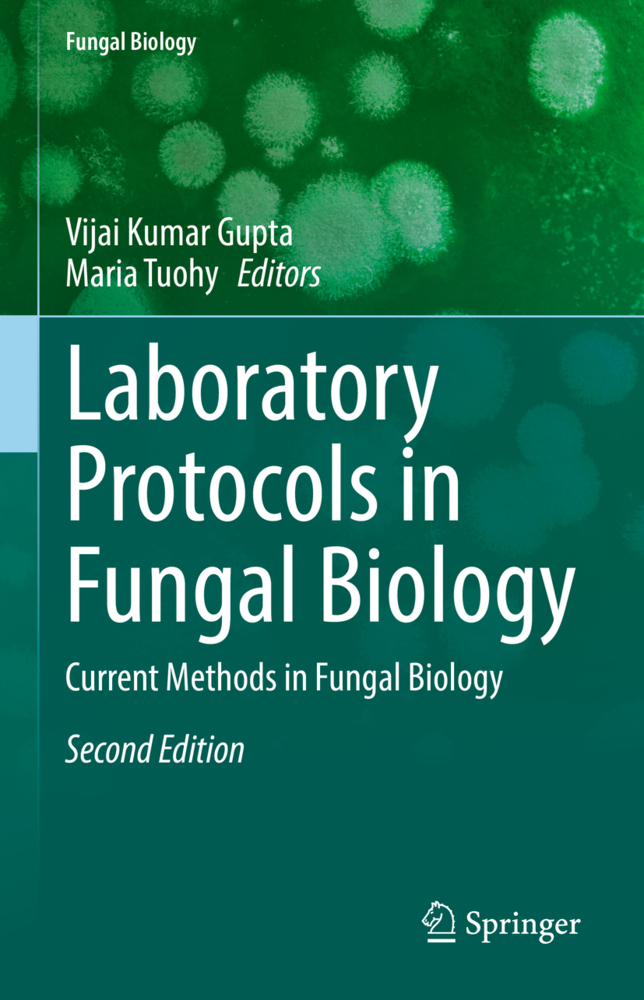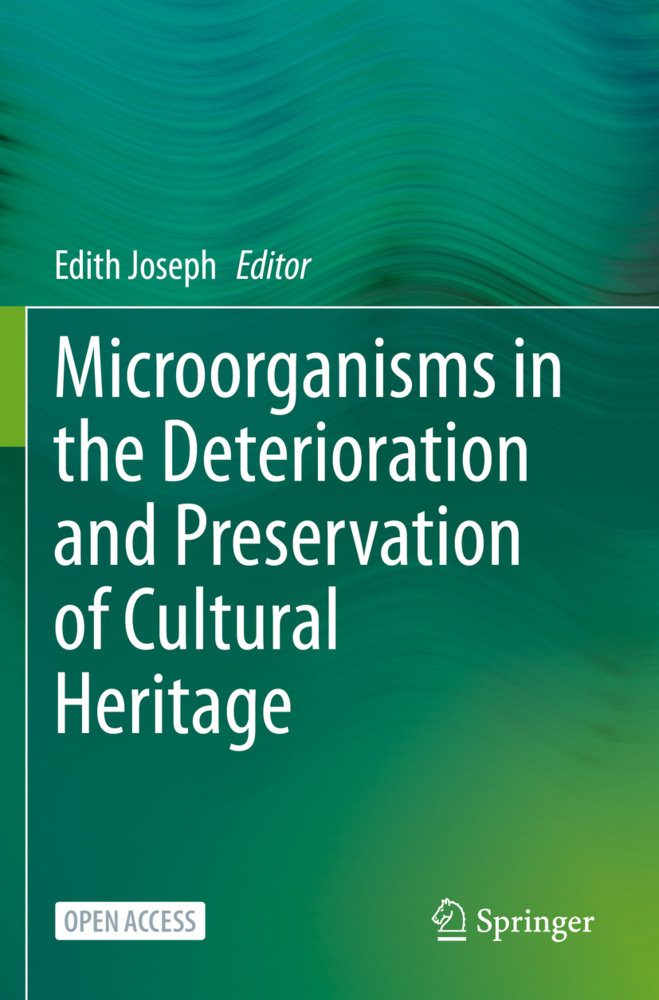Chaetomium genus was established by Gustav Kunze in 1817. According to Index Fungorum Partnership, there are 273 Chaetomium species accepted till now. Members of the genus Chaetomium are capable of colonizing various substrates and are well-known for their ability to degrade cellulose and to produce a variety of bioactive metabolites. More than 200 compounds have been reported from this genus. A huge number of new and bioactive secondary metabolites associated with unique and diverse structural types, such as chaetoglobosins, epipolythiodioxopiperazines, azaphilones, depsidones, xanthones, anthraquinones, chromones, and steroids, have been isolated and identified. Many of the compounds have been reported to possess significant biological activities, such as antitumor, antimalarial, cytotoxic, enzyme inhibitory, antimicrobial, phytotoxic, antirheumatoid and other activities. Chaetomium taxa are frequently reported to be cellulase and ligninase producers withthe ability to degrade cellulosic and woody materials.
This is the first, comprehensive volume covering Chaetomium genus in detail. It includes the latest research, methods, and applications, and was written by scholars working directly in the field. The book also contains informative illustrations and is fully referenced for further reading.
Foreword
Part 1. Chaetomium: Biology to biotechnologyChapter 1. Taxonomy and Biodiversity of the Genus Chaetomium in Different Habitats
Chapter 2. Developmental Morphology of Chaetomium and Chaetomiopsis
Chapter 3. Molecular approaches for analyzing environmental Chaetomium diversity and exploitation of Chaetomium thermophilum for biochemical analyses
Chapter 4. Recent advances on occurrence of genus Chaetomium on dung
Chapter 5. Chaetomium in indoor environment and medically important species of Chaetomium
Part 2. Metabolites of Chaetomium, the good, the bad and the ugly
Chapter 6. Recent advancements on the role of biologically active secondary metabolites from Chaetomium
Chapter 7. Chaetomium's alkaloids
Chapter 8. Applications of Chaetomium functional metabolites with special reference to antioxidants
Chapter 9. Chaetomium enzymes and their applications
Chapter 10. The use of Chaetomium taxa as biocontrol agents
Chapter 11. Nanoparticles mediated Chaetomium, unique multifunctional Bullets: What Do We Need for Real Applications in Agriculture?
Chapter 12. Biodegradation of agricultural wastes by Chaetomium species
Chapter 13. Bioconversion of lignocellulosic residues into Single-Cell Protein (SCP) by Chaetomium
Chapter 14. LIGHT, Electromagnetic Spectrum and Photostimulation of Microorganisms with special reference to Chaetomium
Chapter 15. Chaetomium as potential soft rot degrader of woody and papery cultural heritage
Chapter 16. Thermophilic Chaetomium in biotechnology
Index.
Abdel-Azeem, Ahmed M.
| ISBN | 978-3-030-31611-2 |
|---|---|
| Artikelnummer | 9783030316112 |
| Medientyp | Buch |
| Copyrightjahr | 2019 |
| Verlag | Springer, Berlin |
| Umfang | XVI, 452 Seiten |
| Abbildungen | XVI, 452 p. 121 illus., 43 illus. in color. |
| Sprache | Englisch |

